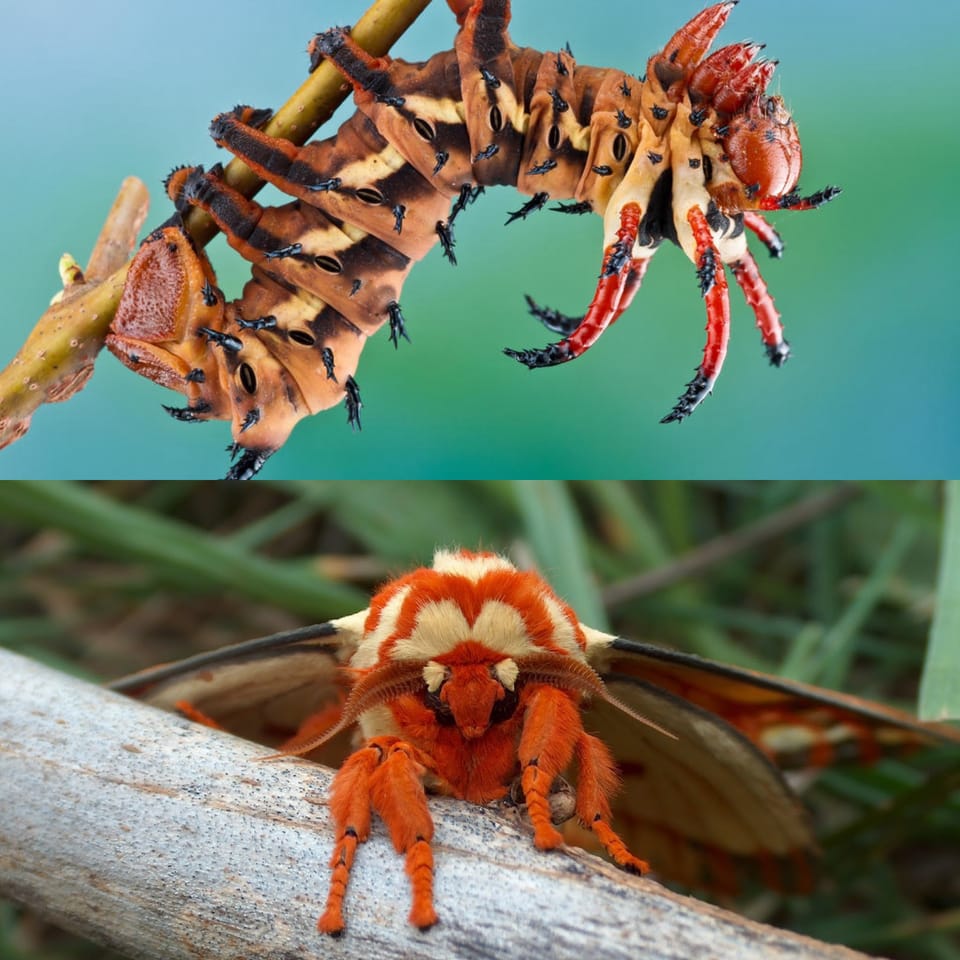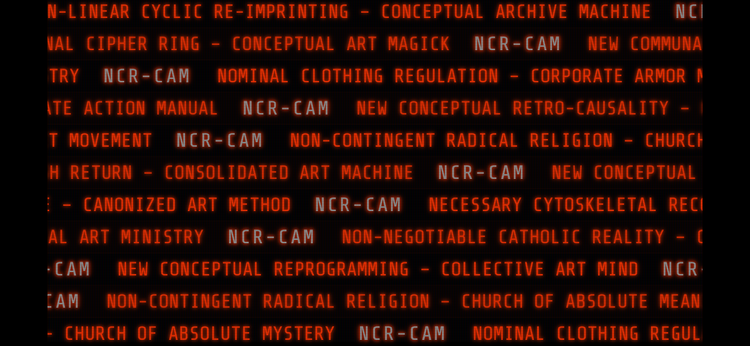The Architects of Metamorphosis: How Imaginal Cells Orchestrate Insect Transformation

The remarkable transformation of a crawling larva into a winged adult is a masterpiece of biological engineering, orchestrated by clusters of seemingly dormant cells known as imaginal cells. These cellular architects, tucked away within the larval body, hold the blueprint for the adult form and are the driving force behind the profound changes that define insect metamorphosis.
At the heart of this incredible change are imaginal cells, tissue-specific progenitors that are set aside during the embryonic stage. Throughout the larva's life of voracious eating and growth, these cells remain in a state of suspended animation, playing no part in the larval form or function. They are, in essence, pockets of the future adult silently coexisting within the juvenile insect.
These imaginal cells are organized into structures called imaginal discs. Each disc is a pre-programmed packet of potential, destined to develop into a specific adult body part. For instance, there are separate imaginal discs that will form the wings, legs, antennae, eyes, and genitalia of the adult insect.
The trigger for the dramatic cascade of events that is metamorphosis lies in a finely tuned interplay of hormones. The larval stage is maintained by the presence of juvenile hormone. As the larva reaches a certain size and developmental stage, the production of juvenile hormone wanes. This decrease, coupled with a surge of another hormone called ecdysone, signals the end of larval life and the beginning of the incredible transformation.
With the hormonal green light, the process of metamorphosis begins in earnest within the pupal case. A massive cellular reorganization takes place. Most of the larval tissues, which were essential for its crawling and eating existence, undergo a process of programmed cell death called apoptosis. This controlled self-destruction breaks down the larval structures into a nutrient-rich soup.
This "soup" then becomes the building material for the burgeoning adult form. The decline in juvenile hormone and the presence of ecdysone awaken the quiescent imaginal cells. They begin to proliferate rapidly, dividing and growing in number. As they multiply, they also differentiate, meaning they specialize into the various cell types needed to construct the complex adult organs.
The imaginal discs, fueled by the recycled larval tissues, undergo dramatic morphogenesis. They evaginate, or turn inside out, and elongate, gradually taking on the intricate shapes of wings, legs, and other adult appendages. This process is not random; the fate of the cells within each disc is predetermined, ensuring that a leg develops from a leg disc and a wing from a wing disc.
The intricate timing and coordination of these events are crucial. The precise levels and pulses of ecdysone dictate the progression of metamorphosis, ensuring that the breakdown of larval tissues and the construction of adult structures happen in a synchronized manner.
In essence, the transformation from larva to adult is a tale of two cell populations. The larval cells serve a temporary, albeit vital, purpose, facilitating growth and nutrient accumulation. In contrast, the imaginal cells are the true agents of change, the master builders that, when activated by the right hormonal cues, deconstruct the old and meticulously assemble the new, resulting in the emergence of a completely transformed insect, ready for a new phase of life. This remarkable process highlights the incredible efficiency and elegance of developmental biology, where the seeds of the future are sown long before they are destined to bloom.






Member discussion